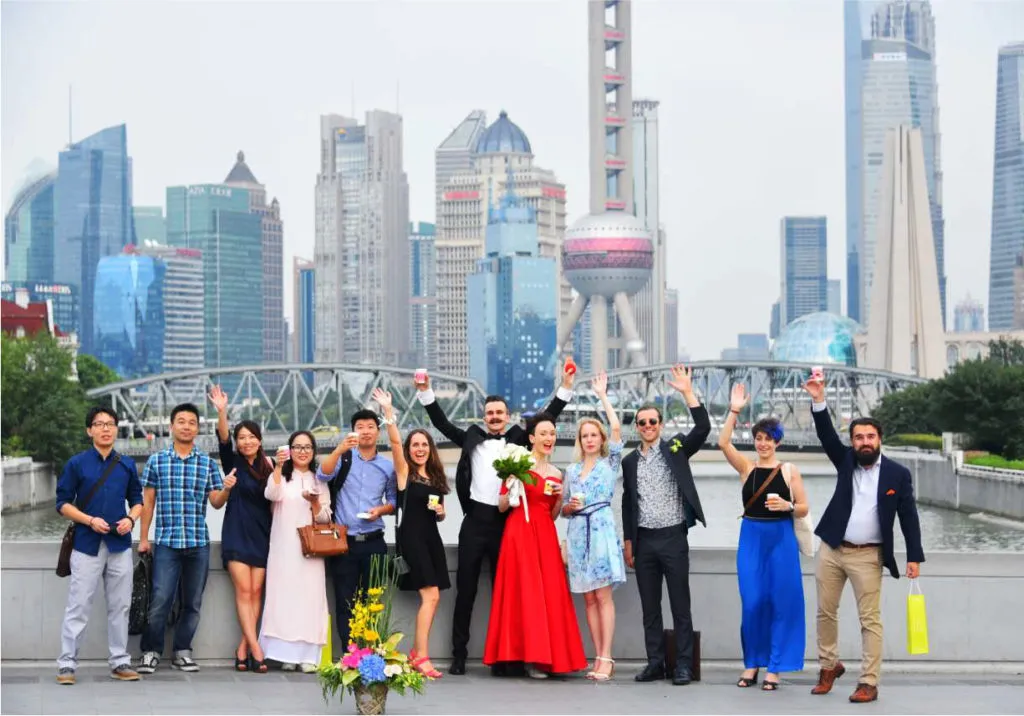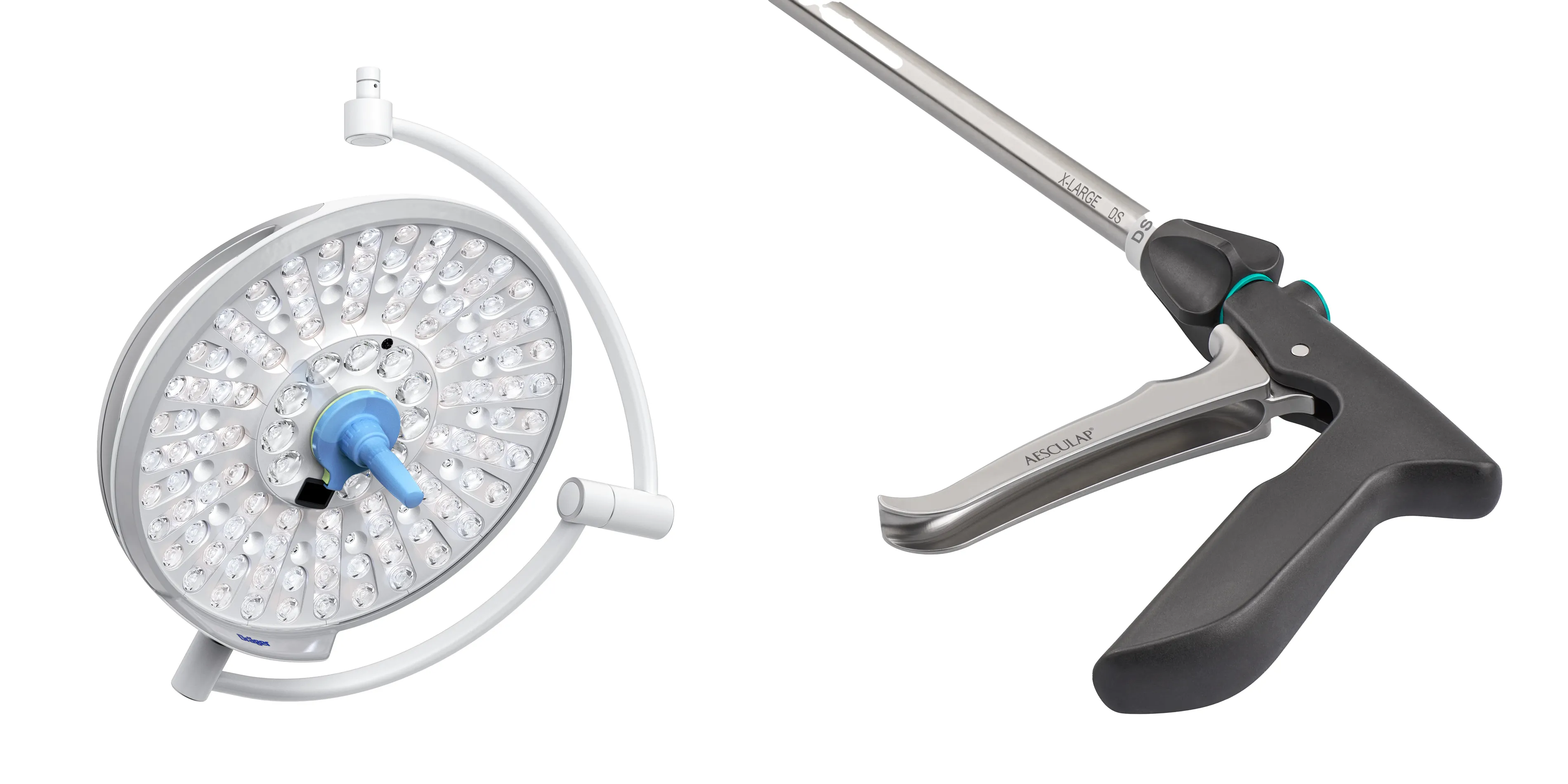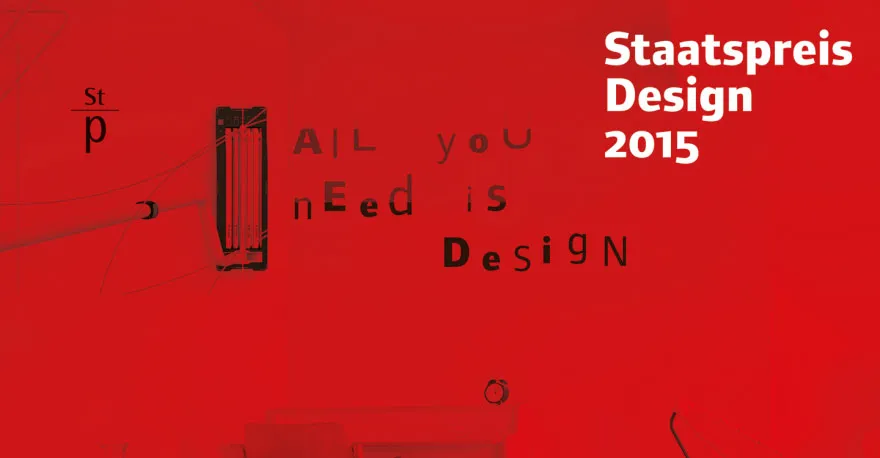Expertise
Tuhao jin - the new Color Trend China's Nouveau Riche like?
This article is currently only available in English.
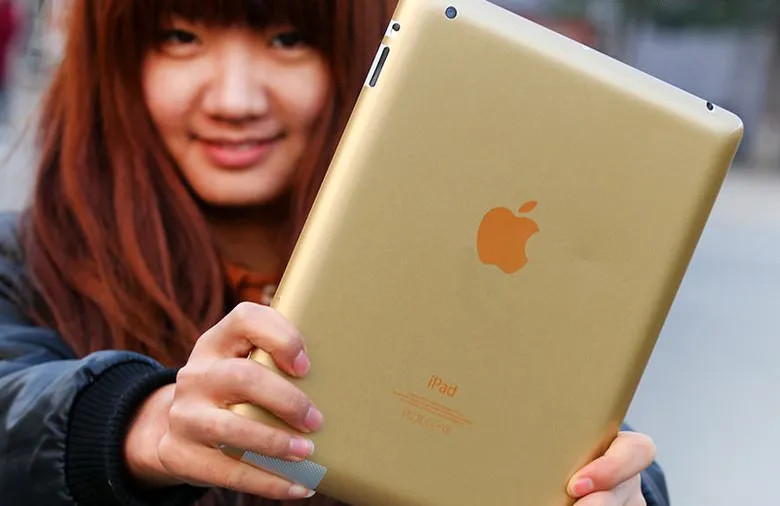
If you're an obsessive China-watcher like we all are, you've more than likely heard about the 土豪 or "tuhao," a term that traditionally describes local warlords who exploit the poor, but has come to be a (sometimes) derogatory word for China's nouveau riche. A tuhao spends his or her newfound money in ways generally thought of as tasteless or unsophisticated, but one product has come under particular scrutiny from Chinese social media lately: a garish gold iPhone 5s, the color of which has come to be referred to as 土豪金, (tuhao jin) or "tuhao gold."
Tuhao jin can refer to either the color or the people who admire it, but in either case it's quickly becoming a notable design element in modern China. While the gold iPhone 5s immediately became the best-selling model in Mainland China, the color has lots of wider applications and, WILDDESIGN believes, can teach us quite a bit about design and cultural trends in Chinese society.
Traditionally, the color gold symbolizes wealth, prosperity and earthly happiness in Chinese culture and little has changed over the millennia. Gold has long been closely associated with the imperial class, so it's especially interesting that tuhao jin was first applied to an iPhone model, since Apple's flagship product is traditionally known for its understated, minimalist design with clean edges and subtle color schemes. That's hardly the style of design a tuhao would seek out for purposes of showing off his or her wealth. When Apple released the gold edition of the 5s, however, the tuhao jin iPhone immediately became the best selling individual model throughout China, with knock-off inexpensive gold-colored plastic cases and stickers popping up for sale for less wealthy tuhao admirers.
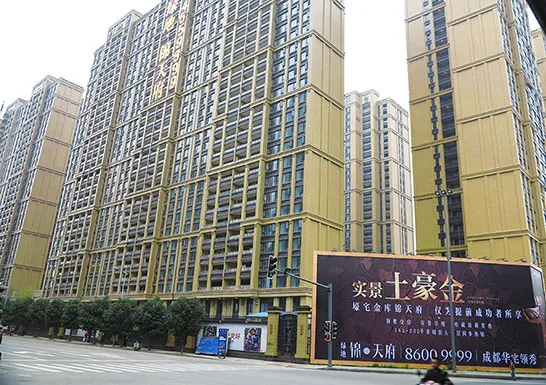
So how does the design community in China come down on tuhao jin? In WILDDESIGN's view, many in first tier cities consider it emblematic of the tacky, tasteless luxury that defines tuhao's, and pictures of people using the gold phones are widely ridiculed on social media platforms. The new People's Daily offices in Beijing, for instance, is shrouded in a tuhao jin-like color and has been widely mocked.
However, we've also observed how outside of first tier cities, tuhao jin and other hallmarks of new wealth are sometimes viewed positively.
This was particularly true when our team visited Chengdu during a user research study that sought to identify future Chinese trends. Emblazoned upon the side of a sprawling new apartment complex on the outskirts of town was an enormous advertisement welcoming 土豪金. Rich tones of gold and purple were used to suggest grandeur, opulence and even royalty, while a subtle ginkgo leaf watermark pattern offered a sense of intricacy and floral detail.
Whilst the color and general design aesthetic is popular for the time being, trends change particularly quickly in China, and nouveau riche tend to adopt more traditional spending habits and tastes eventually. As newer design styles that emphasize minimalism and subtlety become more ingrained in the Chinese design community and among consumers, it's likely that 土豪金 will lose favor, perhaps with cleaner designs that emphasize traditional Chinese themes taking its place.
To read more articles around this topic:
-> A brilliant green for the new year - our Color Trend report in 2013
Frequently asked questions

